Zhang Xingfa’s “Taoist Inner Alchemy Practice” PDF e-book download. Introduction Taoism is the native religion of the Chinese nation and an important part of Chinese traditional culture. It originated from the Yellow Emperor and Laozi, and was founded in Zhang Daoling. It has a history of more than 1,800 years. It is based on the teaching of ancient Chinese Shinto, the belief of Fang Xian and the theory of Huang Lao, respecting the way of Huang Lao and using God
Zhang Xingfa’s “Taoist Inner Alchemy Practice” PDF e-book download.
Introduction
Taoism is the native religion of the Chinese nation and an important part of Chinese traditional culture. It originated from the Yellow Emperor and Laozi, and was founded in Zhang Daoling. It has a history of more than 1,800 years. It is based on ancient Chinese Shinto teachings, Fangxian belief and Huang-Lao theory. It respects Huang-Lao’s way, centers on the theory of immortals and Taoism, integrates traditional religious customs to teach the world, and pursues the harmony of the universe. , national peace and an ancient religion that believes that cultivating Taoism and accumulating virtue will surely lead to happiness and longevity. It respects Laozi as the ancestor of Taoism, Zhang Daoling as the ancestor of teaching, regards “Laozi Tao Te Ching” as the most holy classic, respects “Tao” and “morality” as its fundamental beliefs, and believes that “Tao” is the origin of all things, the essence of the universe, and “morality”. “It is the embodiment of “Tao”, the characteristics of all things; and the core content is the belief in immortals, and the ultimate goal is to cultivate Taoism and become immortals. Therefore, Taoism has rigorous methods to achieve Taoism and immortality. This is the Taoist practice, divided into Waidan Practice and inner alchemy practice. Taoism is the native religion of the Chinese nation and an important part of Chinese traditional culture. It originated from the Yellow Emperor and Laozi, and was founded in Zhang Daoling. It has a history of more than 1,800 years. It is based on ancient Chinese Shinto teachings, Fangxian belief and Huang-Lao theory. It respects Huang-Lao’s way, centers on the theory of immortals and Taoism, integrates traditional religious customs to teach the world, and pursues the harmony of the universe. , national peace and an ancient religion that believes that cultivating Taoism and accumulating virtue will surely lead to happiness and longevity. It respects Laozi as the ancestor of Taoism, Zhang Daoling as the ancestor of teaching, regards “Laozi Tao Te Ching” as the most holy classic, respects “Tao” and “morality” as its fundamental beliefs, and believes that “Tao” is the origin of all things, the essence of the universe, and “morality”. “It is the embodiment of “Tao”, the characteristics of all things; and the core content is the belief in immortals, and the ultimate goal is to cultivate Taoism and become immortals. Therefore, Taoism has rigorous methods to achieve Taoism and immortality. This is the Taoist practice, divided into Waidan Practice and inner alchemy practice.
Brief introduction of the author
Zhang Xingfa, born in October 1971, is from Hai’an, Jiangsu. Postgraduate in Chinese Medicine. Born in a humble background, he worked hard and studied hard in his early years. In 1992, he failed the college entrance examination, his family was unlucky, and he was in the midst of litigation. Fortunately, Daoist Xiaojun, the history of Baiyun Temple on the sea, quoted him and was admitted to the Shanghai Daoist College. In 1993, he was transferred to the China Taoist Academy for advanced studies. After graduating in 1995, he was assigned to the research office of the China Taoist Association and became a full-time worker of Taoist culture. “, “Beijing Taoist Chronicles” and many other works, published many articles. In 2000, he entered Jiangxi College of Traditional Chinese Medicine to study for a master’s degree in traditional Chinese medicine. In 2001, he was highly valued by Master Chen Liansheng, the former vice president of the Taoist Association of China, and he was accepted as a disciple with the Taoist name Dashan. In 2004, he was trained by Master Zhang Jiyu, member of the Standing Committee of the National People’s Congress and vice president of the Chinese Taoist Association, and trained by Yuan Bingdong, secretary-general of the Chinese Taoist Association.
Some screenshots
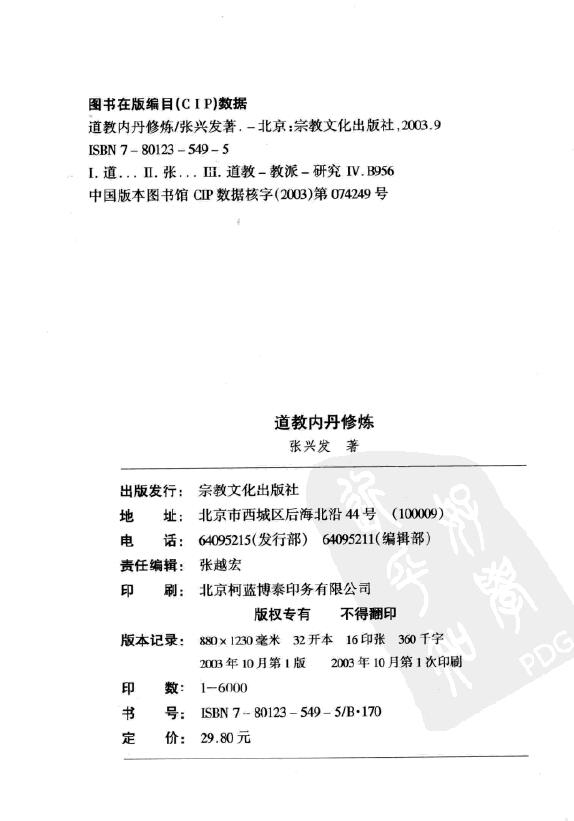
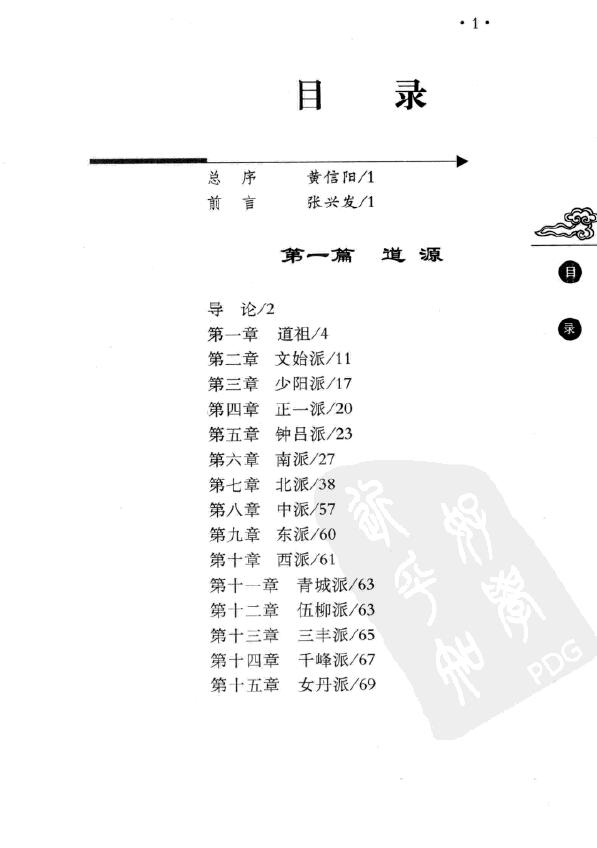
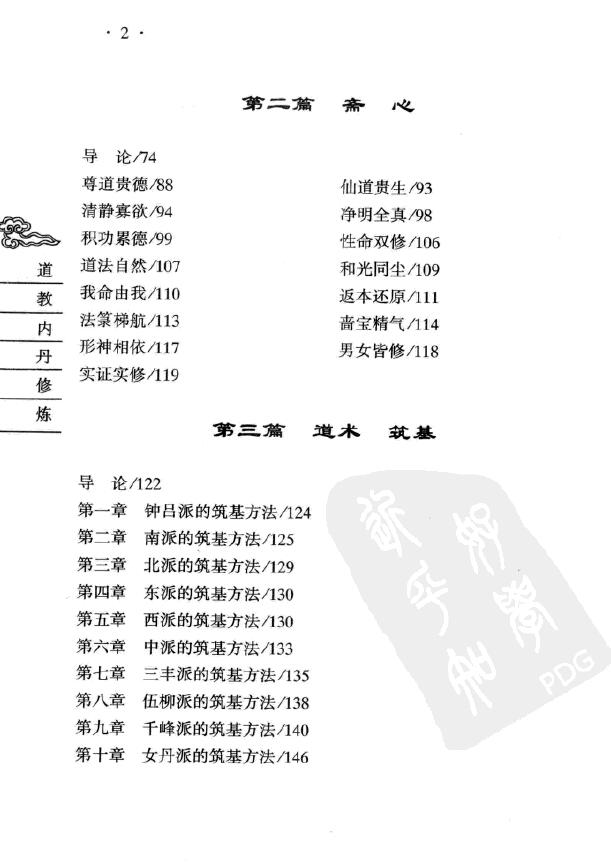

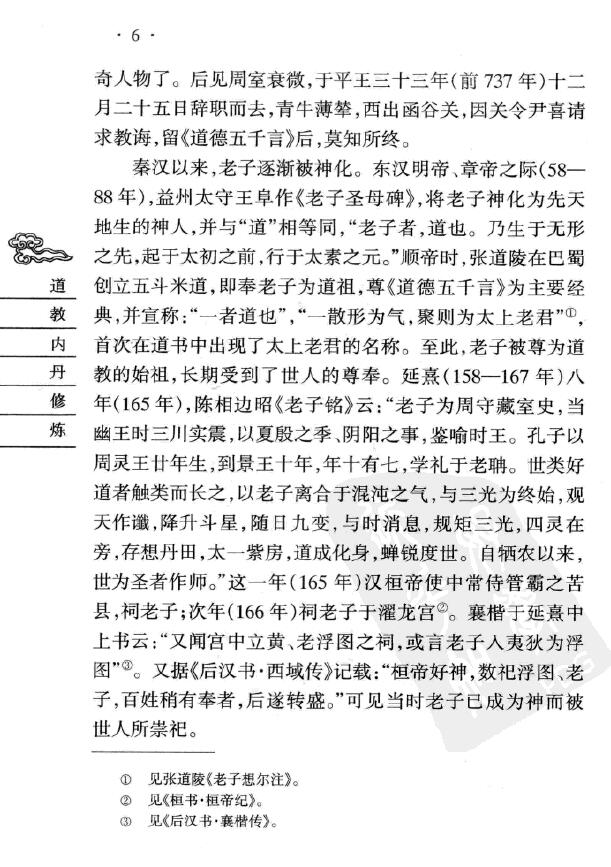
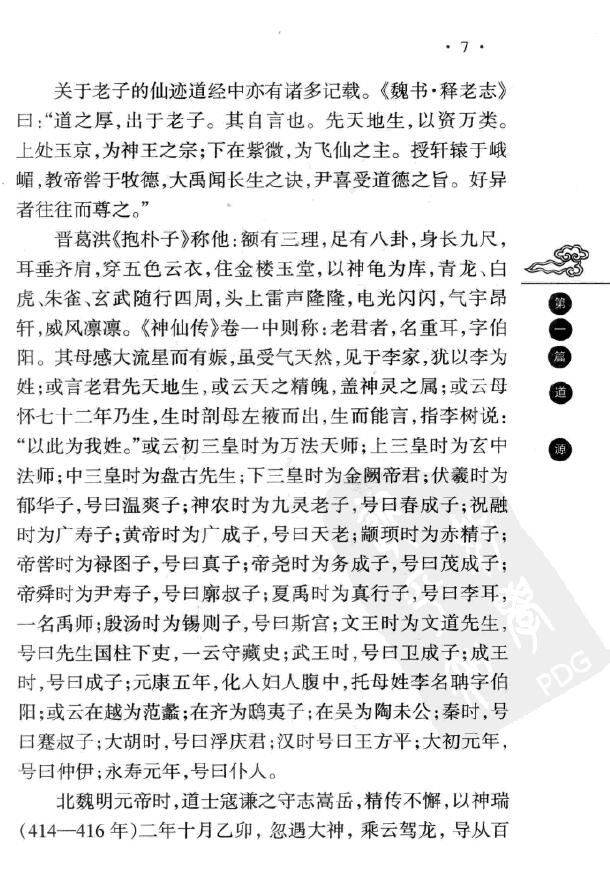
Provide the use of the download link address, you need to understand its basic operation! If the link fails, the customer service will send you an email within 12 hours! If you don\'t know how to operate, please contact customer service and send an email.
------------------------------------------------- -------------------------------------------- ------- ------------------------------------
Disclaimer:
All resources on this site belong to: Public Domain Mark 1.0
(1) All resources on this site come from the Internet or uploaded and shared by users, and this site does not own the copyright of such resources
(2) As a network service provider, Feng Shui Meaning does not have sufficient monitoring capabilities to monitor the occurrence of illegal copying and piracy. However, when the copyright owner raises an allegation of infringement and provides sufficient copyright evidence, Feng Shui Meaning is obliged to take down the pirated and illegally reproduced works and stop further dissemination
(3) Feng Shui Meaning shall not be liable for breach of contract or other legal responsibilities to the original publisher after taking appropriate measures such as taking it off the shelves to meet the conditions of the preceding paragraph, including the liability for damages to the original publisher. If the publisher is not guilty of infringement< p>If the above content violates your rights, please contact us by email: Service@fengshuimeaning.com, we will deal with it as soon as possible
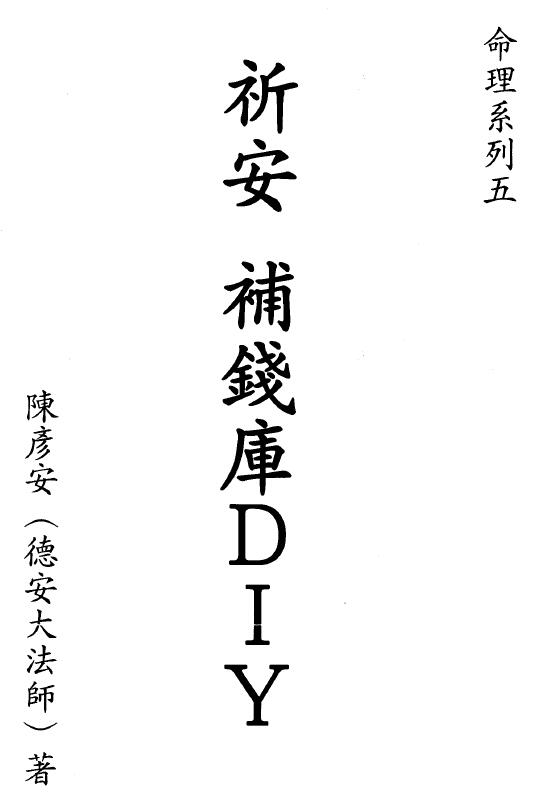
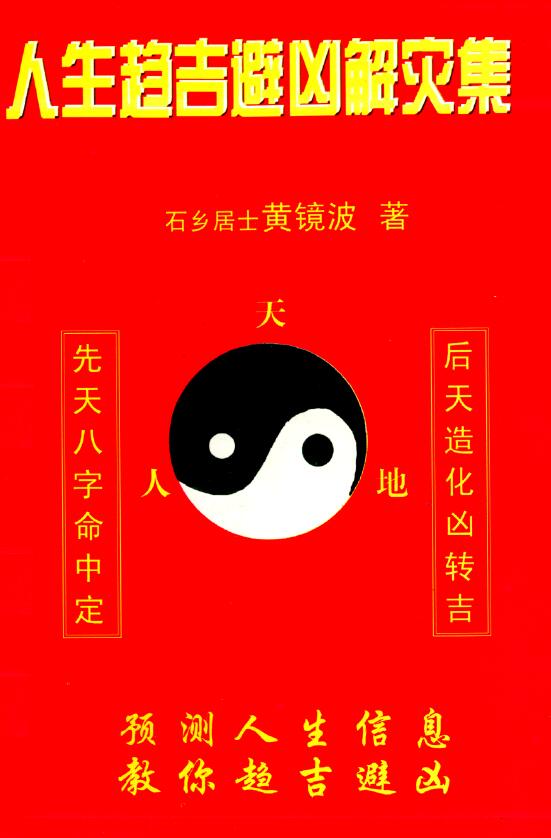
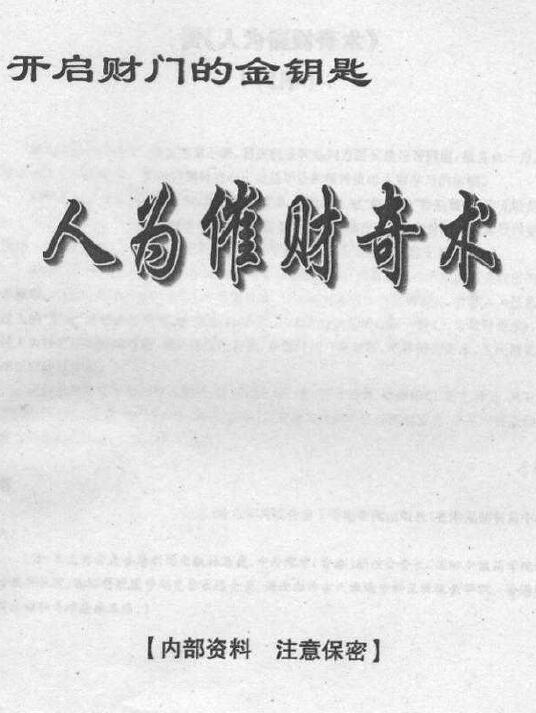
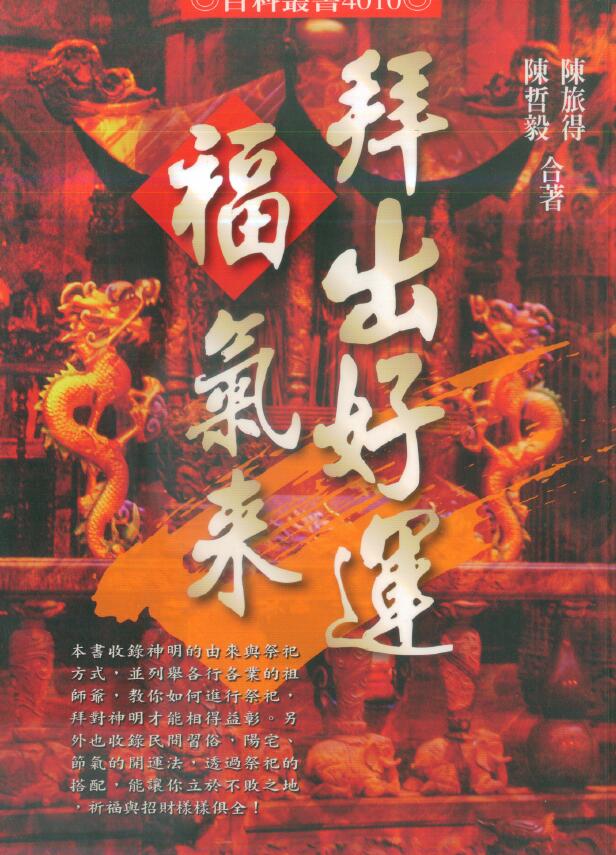

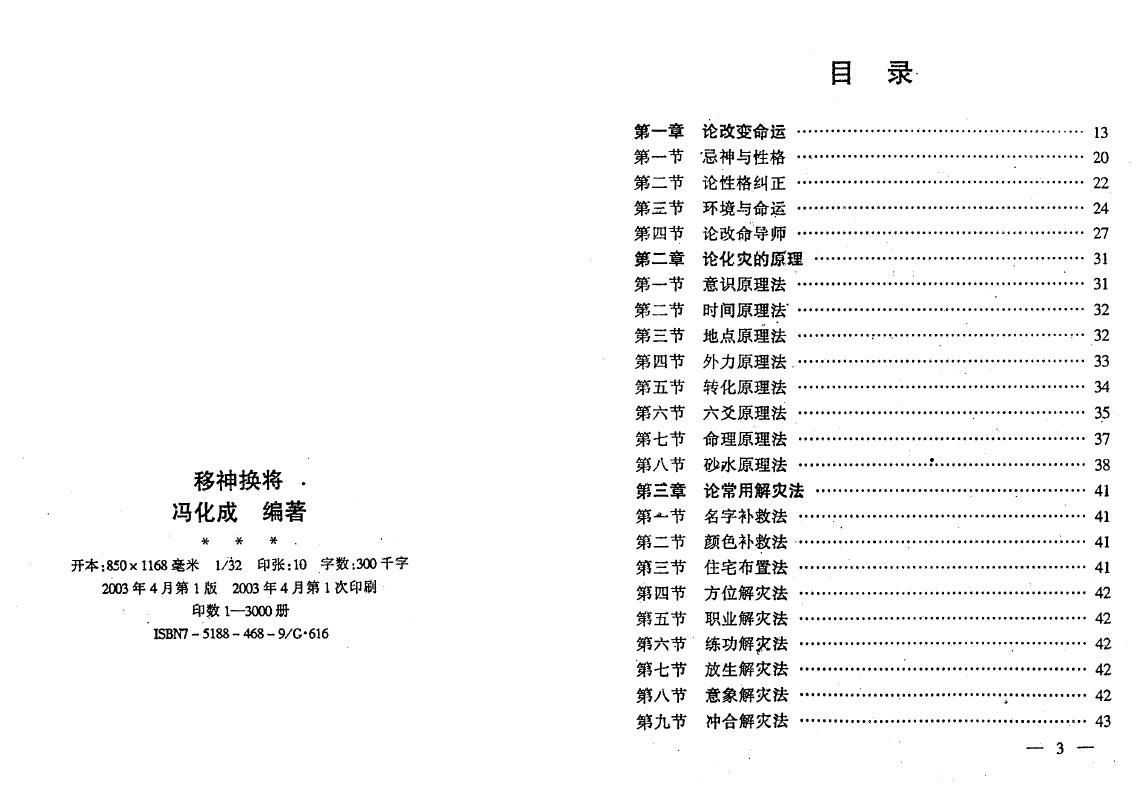
Comments0